How Bidets Can Improve Accessibility for People with Disabilities
Posted by Barry M. on 17th Jun 2024
In our quest to create more inclusive and accessible living spaces, the bathroom is often a significant focus. This is for a good reason since people are often in situations where they need to be able to care for themselves in such a private place. For individuals with disabilities, bathrooms present a particularly hard challenge. Bidets offer a practical solution to at least one area of bathroom usage. In this blog, we'll explore how bidets can enhance bathroom accessibility and improve the quality of life for all types of people.
Understanding Accessibility Needs
Accessibility in daily life is crucial for individuals with disabilities. The bathroom, in particular, poses serious challenges. People with disabilities often require specialized tools to maintain their independence and dignity. Bidets can address these needs by offering features that cater specifically to these unique requirements.
Types of Bidets and Their Accessibility Features
Bidets come in various forms, including standalone units, bidet seats, and bidet attachments. Each type offers unique accessibility features:
Remote Controls and User-Friendly Interfaces: Many bidets come with remote controls that are easy to operate, even for individuals with limited dexterity.
Adjustable Water Pressure and Temperature: Customizable settings ensure comfort and prevent discomfort or injury.
Automatic and Hands-Free Operation: Features like automatic washing and drying minimize the need for manual intervention and can improve overall hygiene because they ensure users are using the bidet properly.
Heated Seats and Air Dryers: Added comforts like heated seats and air dryers enhance the user experience and overall quality of life for users.
Nozzle Positioning and Self-Cleaning Functions: Adjustable nozzles and self-cleaning features ensure the bidet keeps functioning as intended for longer.
Benefits of Bidets for People with Disabilities:
The advantages for individuals with disabilities are numerous and below is a partial list of total benefits:
Improved Hygiene and Health: Bidets provide a more thorough clean, reducing the risk of skin irritations on the nether regions.
Increased Independence and Dignity: By allowing users to manage their hygiene needs independently, bidets help maintain a person's dignity.
Reduced Need for Physical Assistance: Bidets minimize the need for help from caregivers, promoting privacy and self-reliance.
Choosing the Right Bidet for Accessibility When selecting a bidet for accessibility, consider the following factors:
Ease of Installation and Compatibility: Ensure the bidet can be easily installed and is compatible with existing bathroom fixtures. If the bidet needs power to operate then ensure that power can be supplied and that the cord for the bidet can reach.
User Interface and Control Options: Look for models with intuitive controls and remote operation.
Customizable Settings and Features: Choose bidets with adjustable water pressure, temperature, and nozzle positioning to ensure they will be compatible regardless of the disability. Installation and Adaptation Tips Installing a bidet in an accessible bathroom requires careful planning.
Here are some tips:
Professional Installation: Consider professional installation to ensure the bidet is securely fitted and functioning correctly. This is especially important for the installation of full bidet toilets.
User-Friendly Setup: Position controls within easy reach and ensure the bidet is easy to operate from a seated position.
Adaptations and Modifications: Customize the setup with additional supports or rails if necessary to enhance usability. This depends on the mobility of the person using the bidet.
Conclusion
Bidets offer the most robust solution to common bathroom accessibility for people with disabilities. They promote hygiene, independence, and comfort, making daily routines easier and more dignified. This is especially true considering the use case scenarios when compared to showering or other bathroom needs. Using a toilet is the most private of all bathroom uses. If you or a loved one faces challenges with bathroom accessibility, consider exploring the wide range of bidet options available. With the right choice, a bidet can make a significant positive impact on daily life.
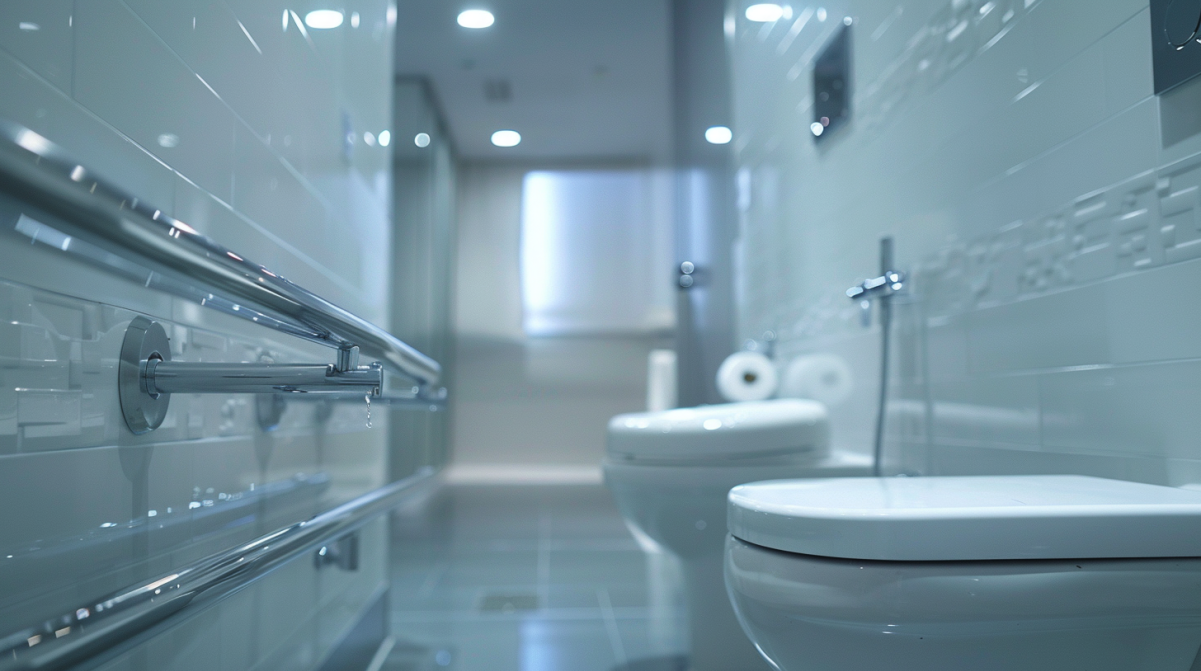
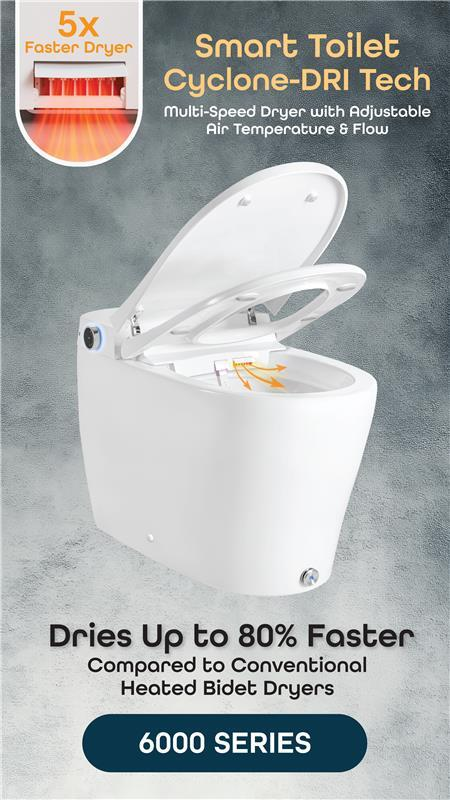
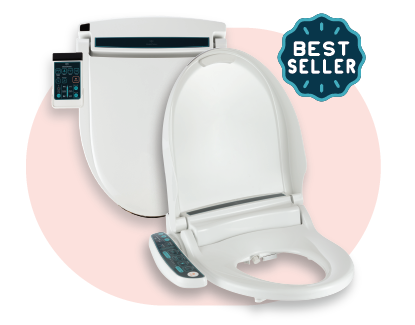


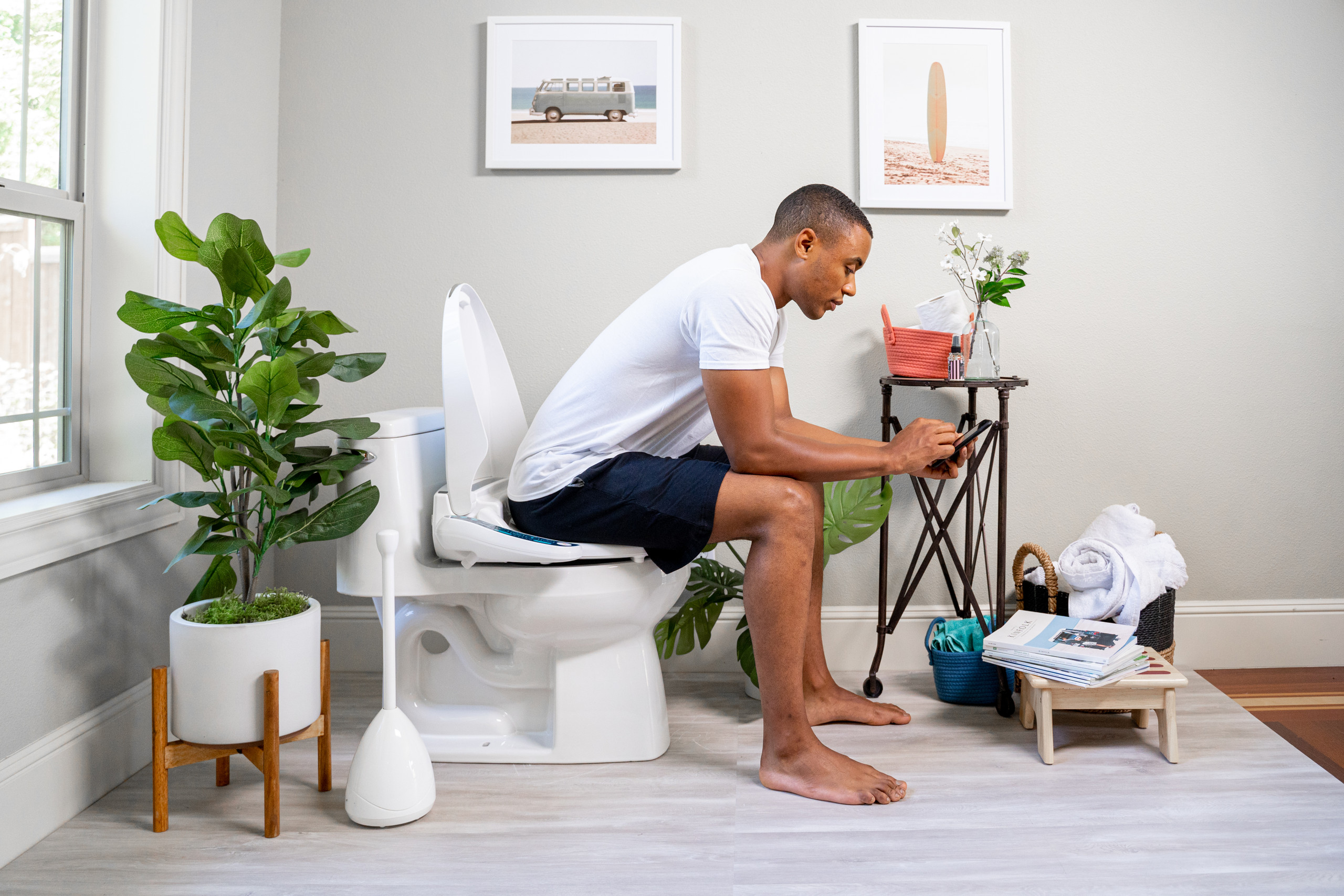
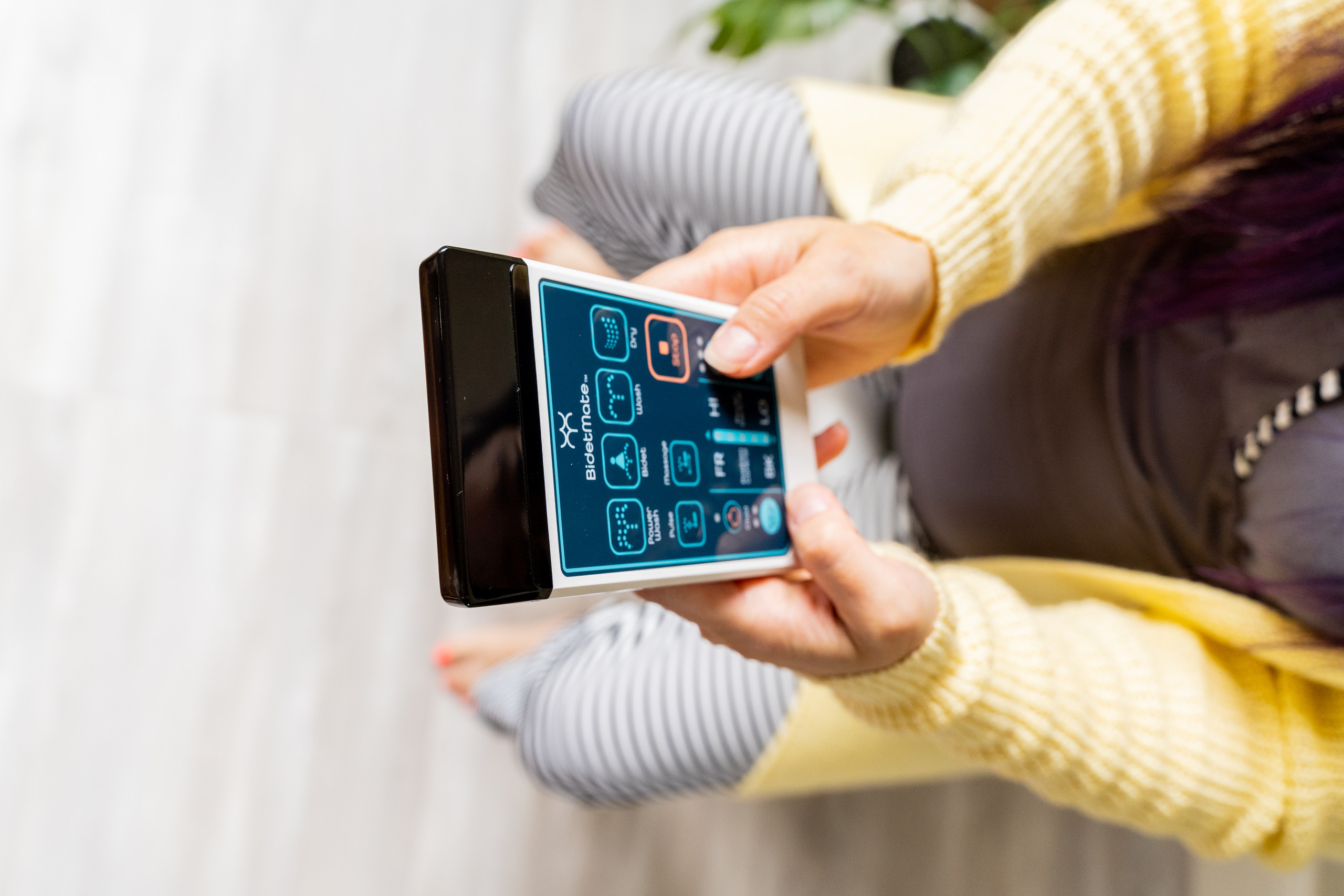

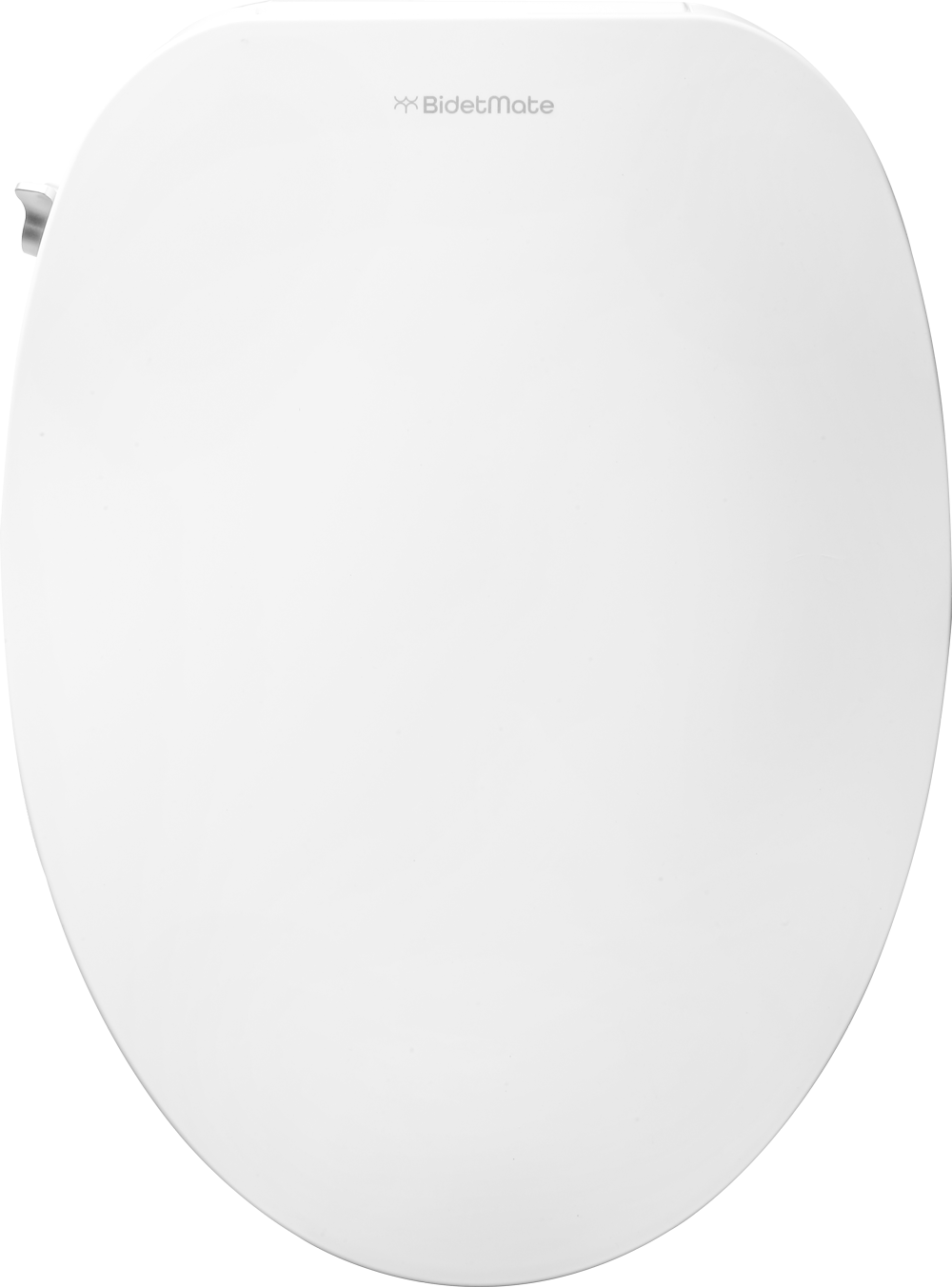
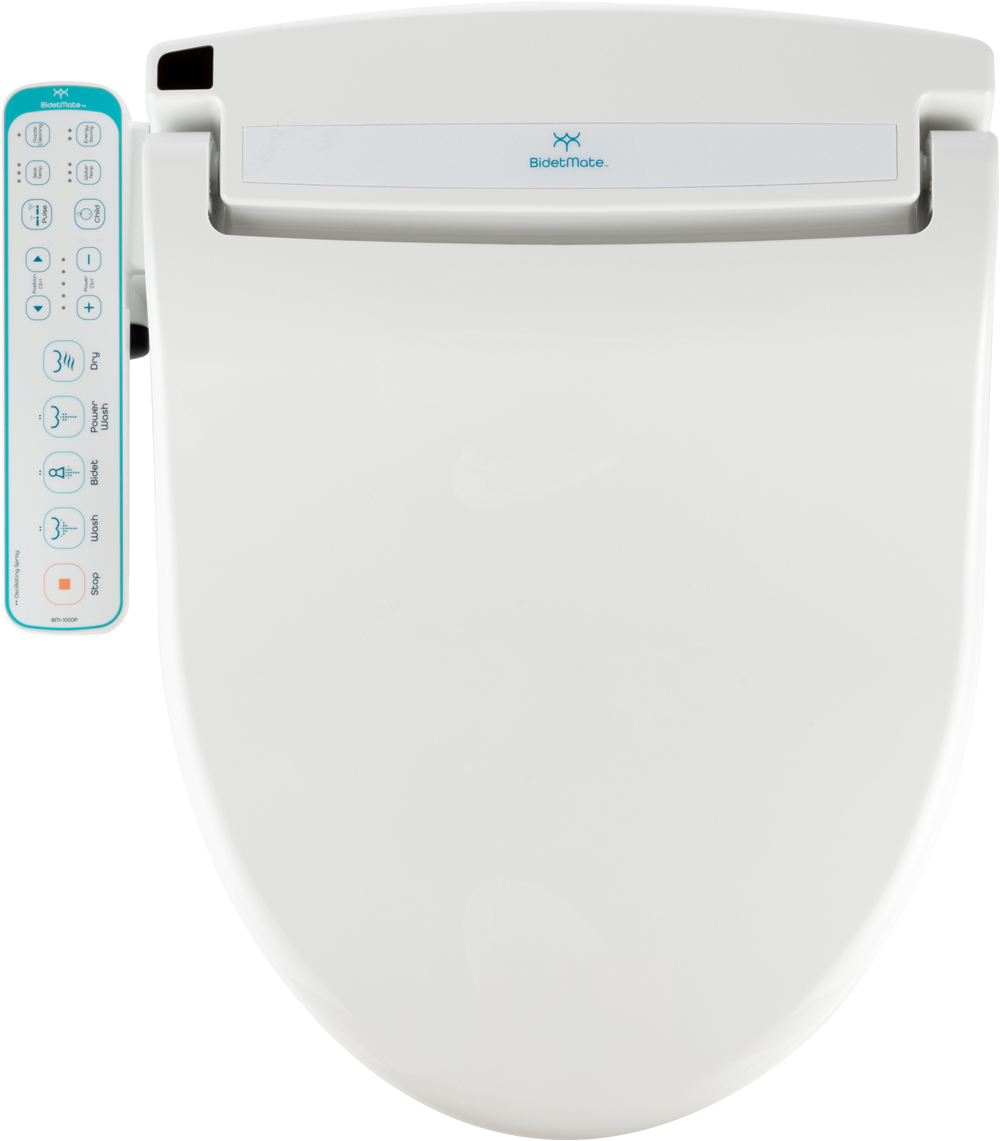
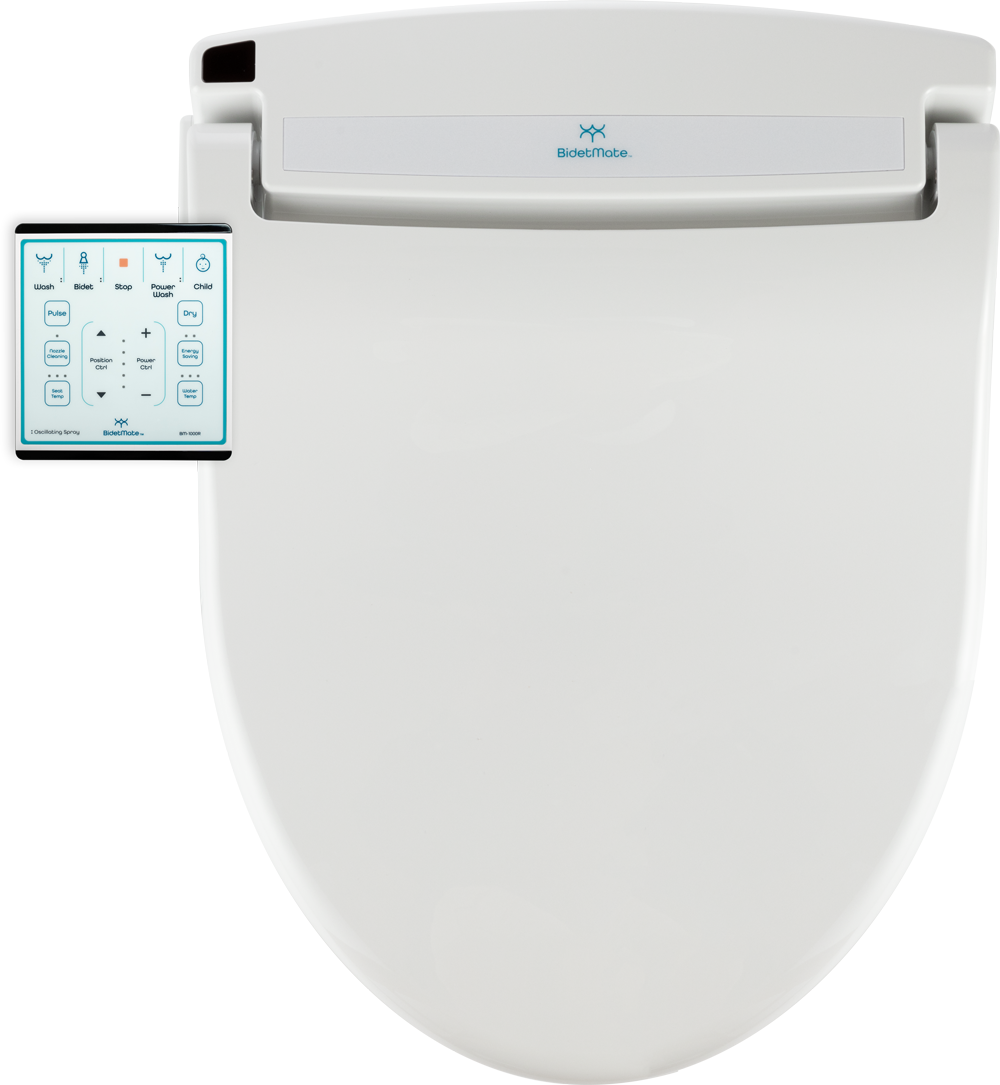


 END Shopper Approved - templates/layout/base.html
END Shopper Approved - templates/layout/base.html